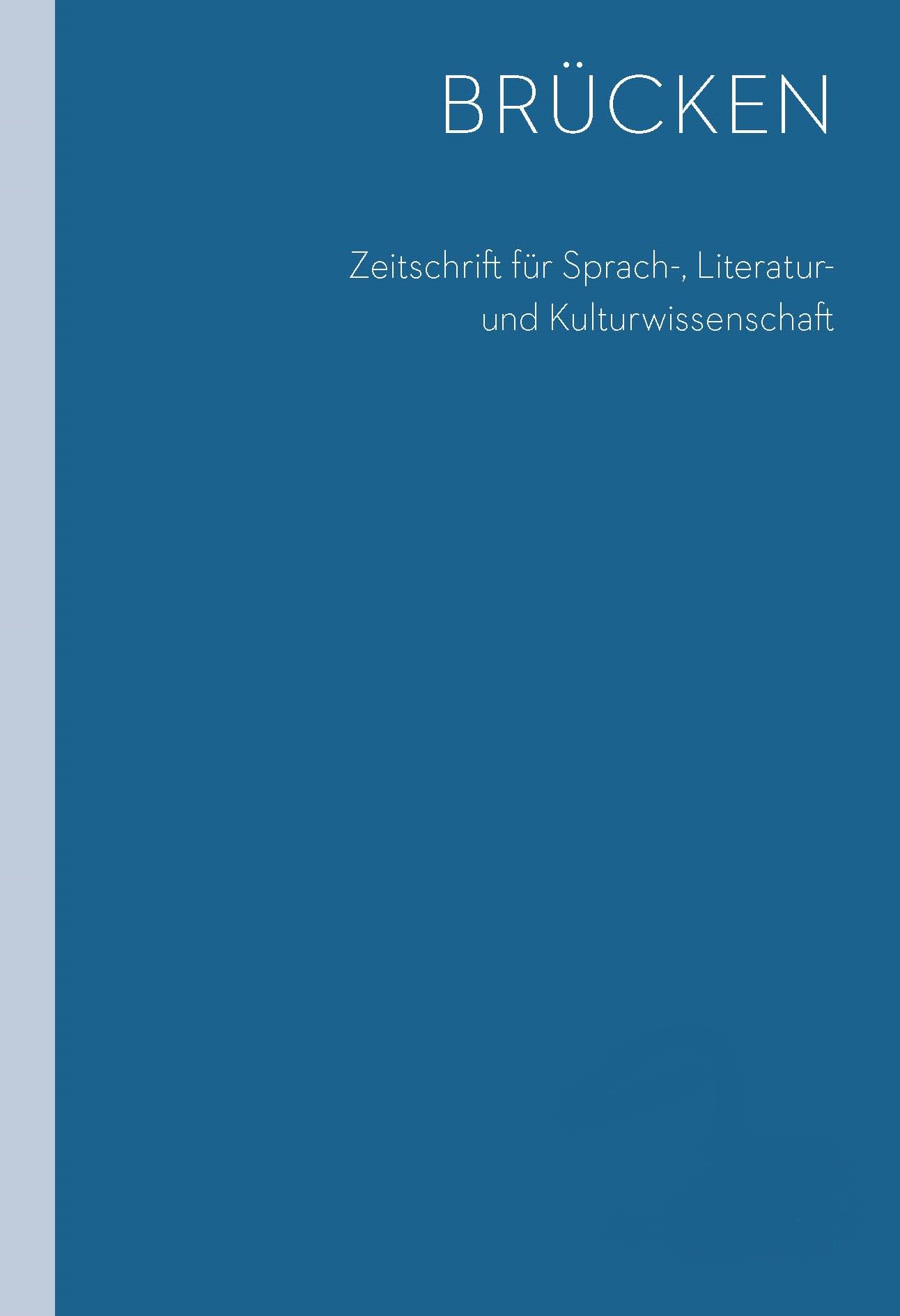Prag als Zeitkapsel oder als moderne Stadt? Emanuel Frynta und Marthe Robert wandeln auf Kafkas Spuren
Prague as a time capsule or as a modern city? Emanuel Frynta and Marthe Robert are moving on Kafka's traces
Author(s): Veronika TuckerováSubject(s): History, Language and Literature Studies, Cultural history, Studies of Literature, Czech Literature, German Literature
Published by: Univerzita Karlova v Praze - Filozofická fakulta, Vydavatelství
Keywords: Franz Kafka; literature; Prague;
Summary/Abstract: The article examines the constructed “old Prague” (Alt‑ Prag), in which scholarly and popular literature placed Franz Kafka. This reductive construct emerged during the rapid modernization and industrialization of the city at the turn of the 20th century. Kafka’s contemporary Paul Eisner developed a “triple ghetto” concept that overlapped with that of “old Prague.” Emanuel Frynta’s collage of texts and photos from the late 1940s and the 1950s situated Kafka in the “old Prague” and established a catalogue of Kafka’s Prague places. The “old Prague” concept however contrasted with the quickly growing and modernizing city. A modernist in his writing, Kafka fully took part in the new life of the city, its cafes, and cinemas. The link between Kafka and “old Prague” became entrenched by the 1960s and sanctioned by the Czechoslovak Communist state in foreign‑ language books for export. Starting in the second half of the 1950s, Western tourists came to Prague to search for Kafka, and viewed the author’s city through the constructed image of a by‑ gone Prague.
Journal: Brücken : Zeitschrift für Sprach-, Literatur- und Kulturwissenschaft
- Issue Year: 30/2023
- Issue No: 1
- Page Range: 89-100
- Page Count: 12
- Language: German

